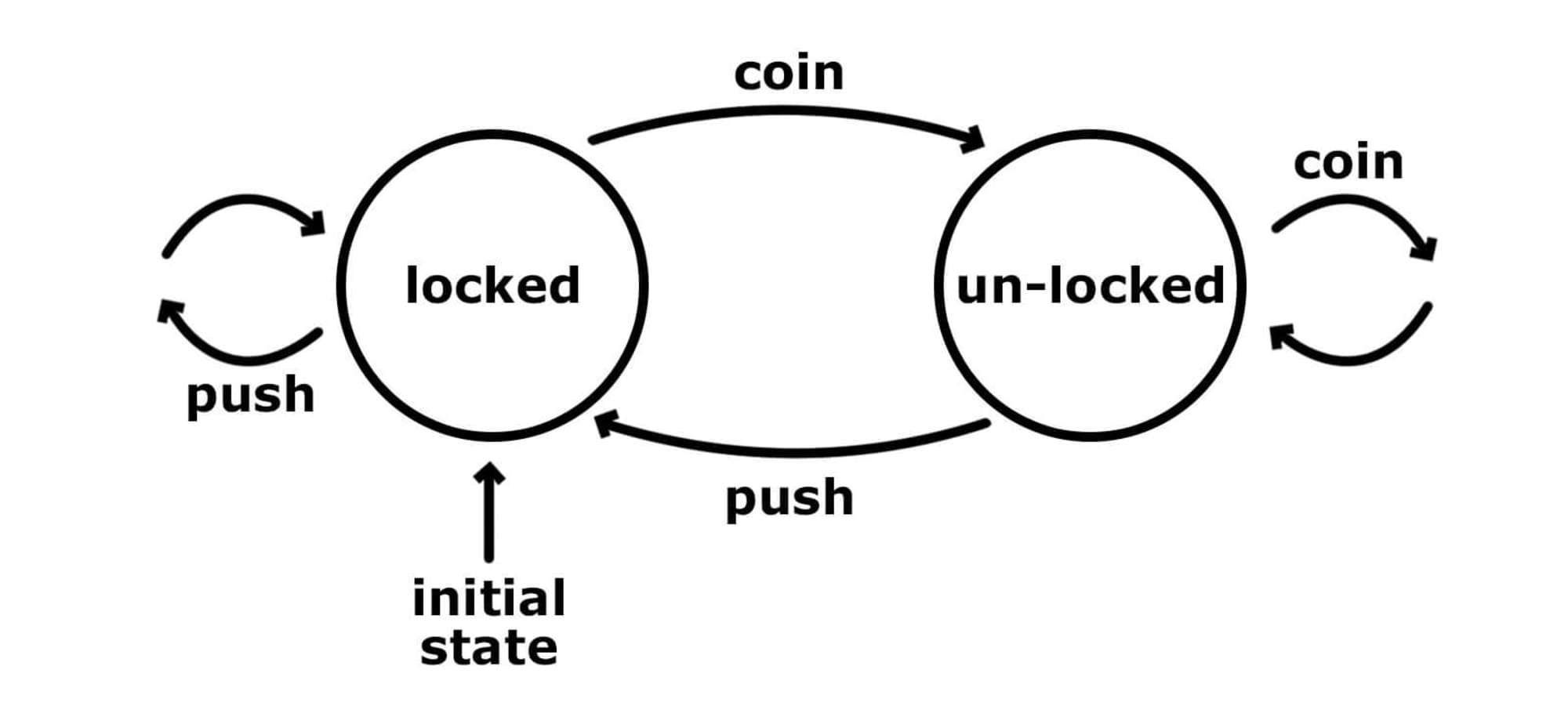> The Internet of Things (IoT) is a system of interrelated computing devices, mechanical and digital machines, objects, animals or people that are provided with unique identifiers and the ability to transfer data over a network without requiring human-to-human or human-to-computer interaction.
> -- _by [iotagenda](https://internetofthingsagenda.techtarget.com/definition/Internet-of-Things-IoT)_
## The Thing
* is physical device
* provides unique identifier
* contains control unit
* contains sensors and actuators
* can communicate
## Sense-Think-Act Cycle
## Microcontroller vs Microprocessor
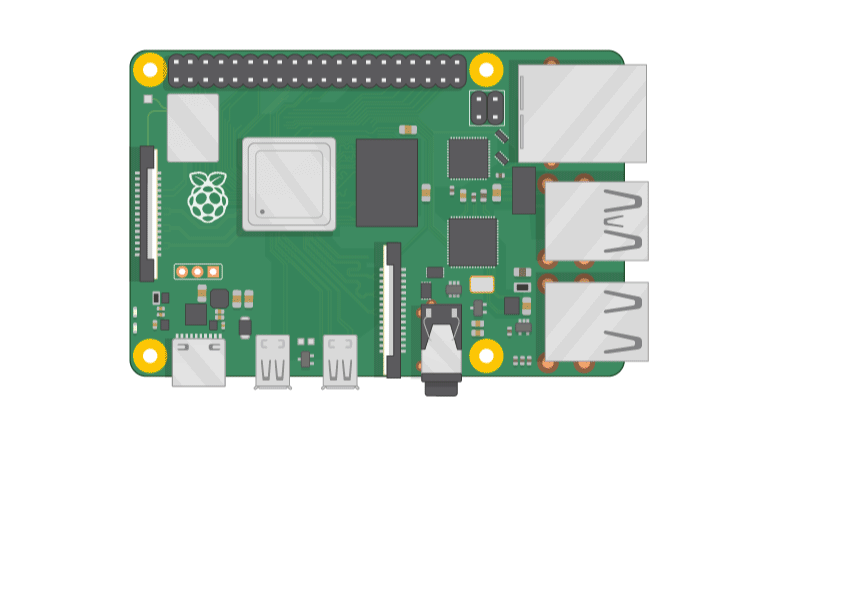

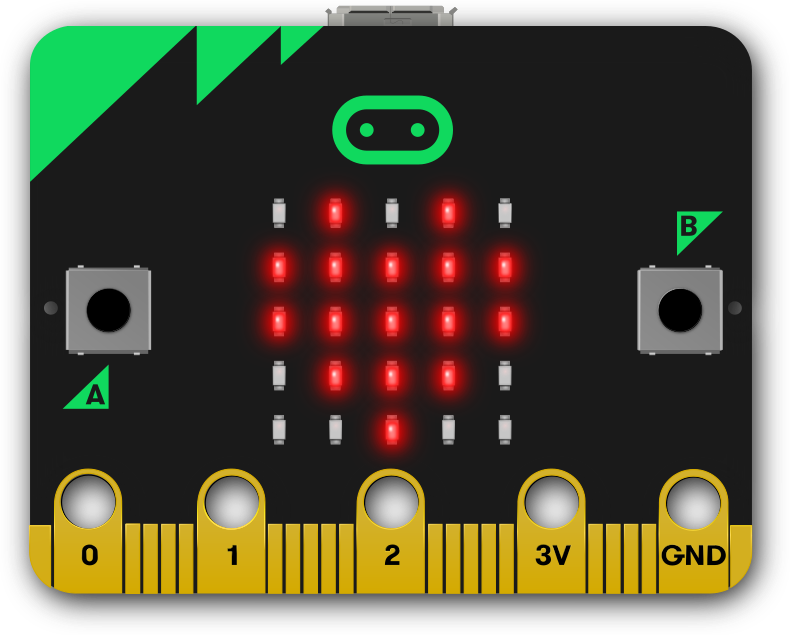


* notes:
* https://en.wikipedia.org/wiki/ESP32
[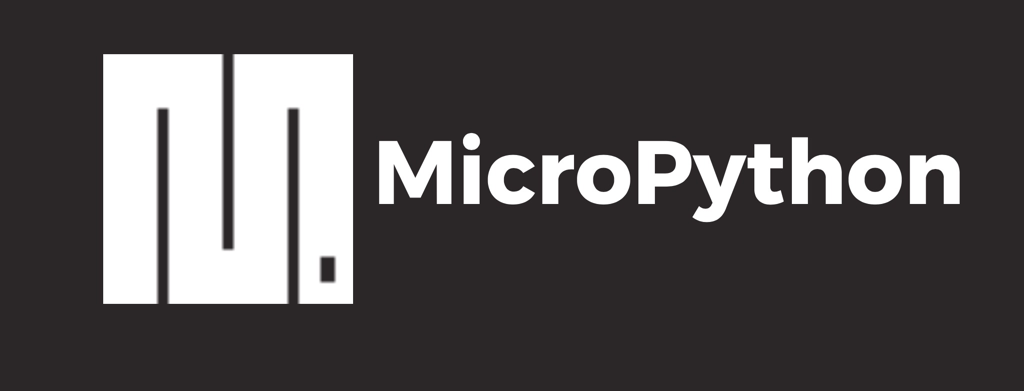](http://micropython.org)
## Sensor
Converts other form of energy into electrical energy
## Actuator
Converts electrical energy into other form of energy
## Components of Smart Waste Bin
* level sensor
* flame sensor
* temperature and humidity
* (lid) opening sensor
* communication module
* moisture sensor
* localization sensor
* state actuators
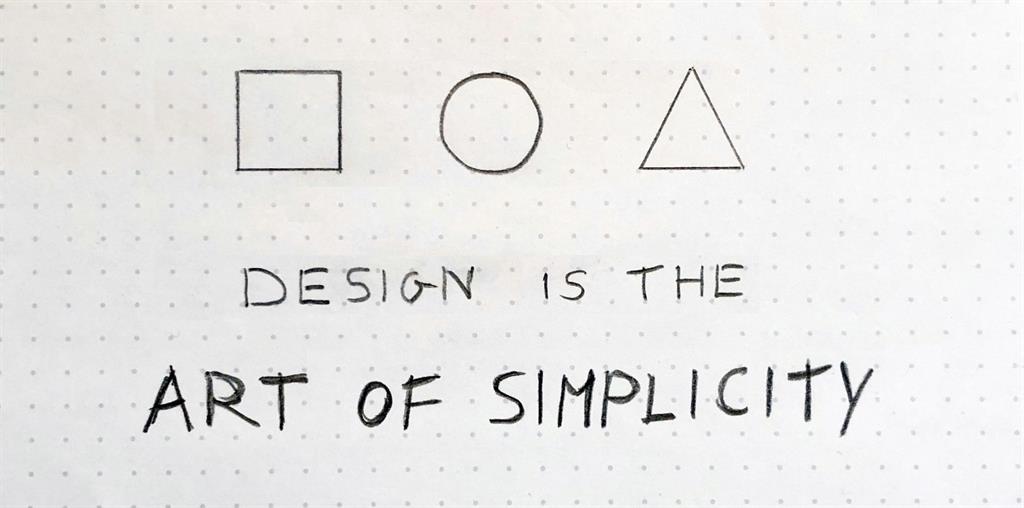

notes:
* http://www.anwarbosbool.com/2012/06/kiss-principle/
